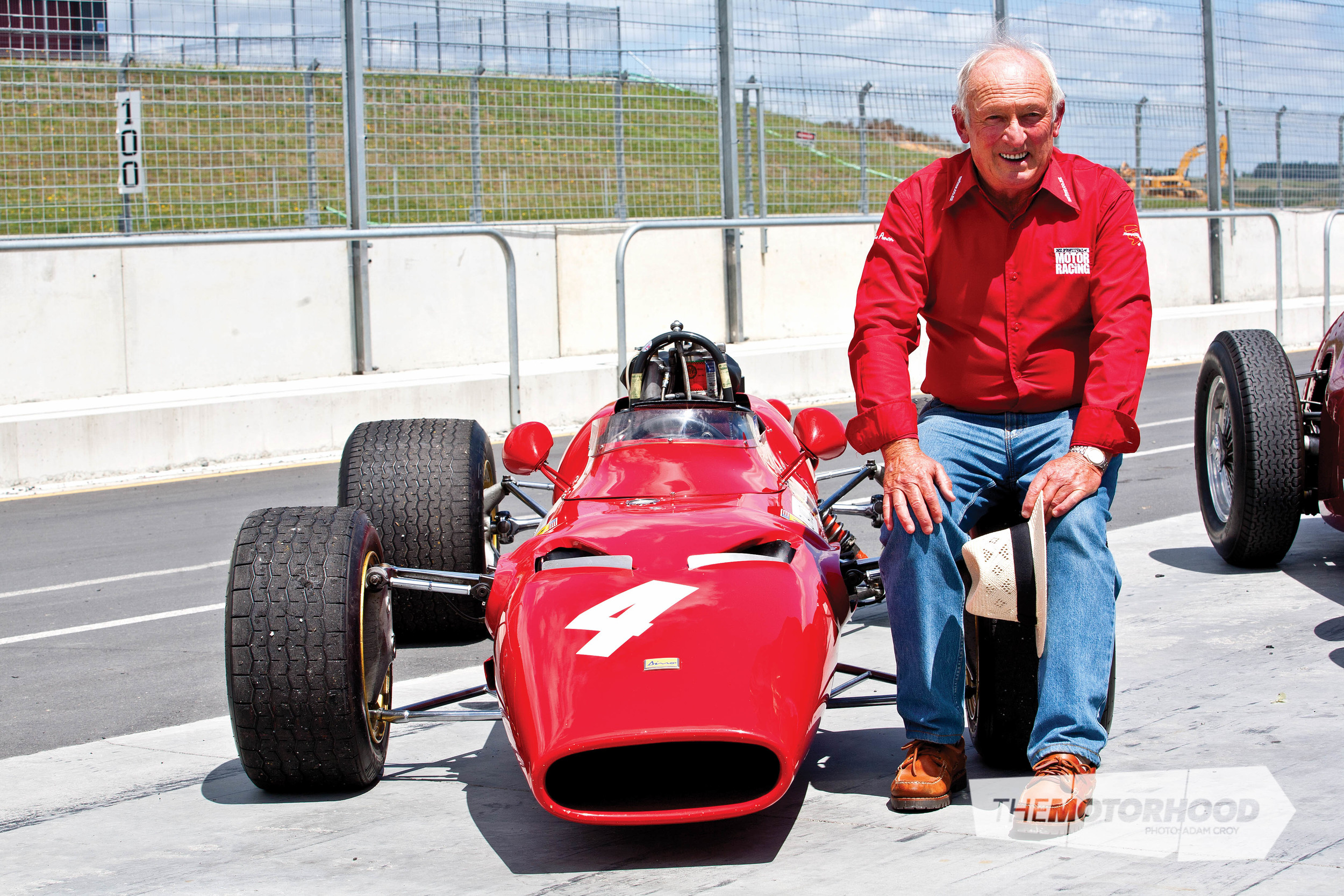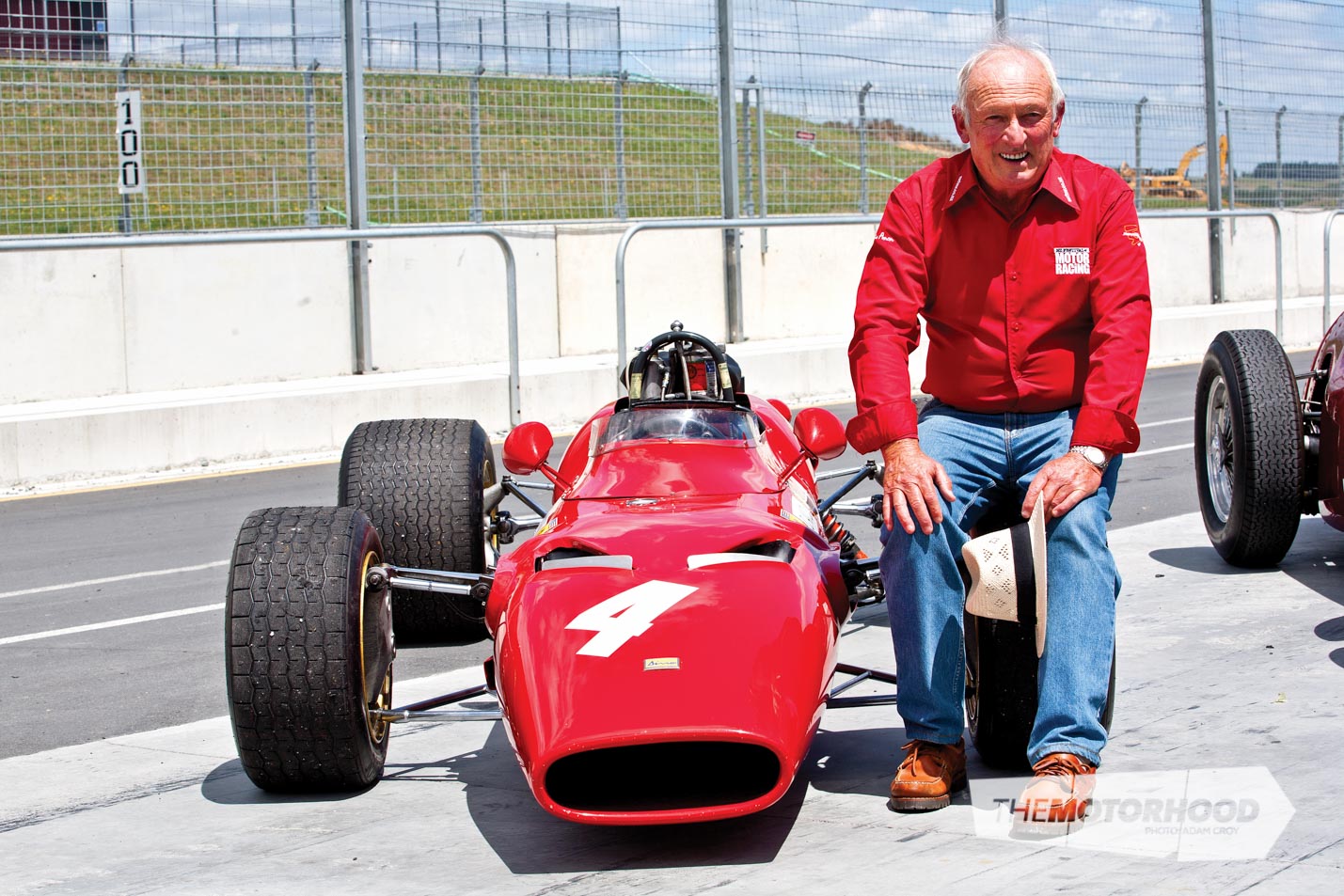It was with heavy hearts that we learnt today of the passing of one of New Zealand motorsport’s greats — Chris Amon.
Chris passed away today at Rotorua Hospital just a fortnight after celebrating his 73rd birthday.

2016 marks the 50th anniversary of the victory for Chris and Bruce McLaren at Le Mans when the Kiwi duo won the famous 24-hour race in a Ford GT40. That victory did not go unnoticed at Ferrari, and for 1967 Chris was signed to the famous Italian marque. He remained there for three seasons during which he won the Daytona 24-hour race, the 1000km of Monza, the New Zealand Grand Prix twice, and the Tasman Championship in 1969; however, consistent car breakages with their Grand Prix cars caused him to reluctantly quit at the end of that year.

Having established himself as one of the very best drivers in the world, he went on to drive for March and Matra in Formula 1, and for BMW in the European Touring Car Championship. He retired from Formula 1 in 1976, and from all motor racing in 1977 when he returned to New Zealand. He married Tish and returned to farming.
While motor racing was never forgotten, it went on the back burner as he settled back into life in New Zealand after 15 years away. They were soon joined by daughter Georgie, followed by twins James and Alex.

For many years, Chris had been a consultant to Toyota, and the winner of the Toyota Racing Series receives the Chris Amon Trophy. Chris was widely regarded internationally as not only the best driver never to win a Formula 1 Grand Prix, but one of the best drivers never to be crowned world champion. Chris was awarded an MBE for his services to motorsport in 1993, and was inducted into the New Zealand Sports Hall of Fame in 1995.

Chris had battled with cancer in recent years, but retained not only a close interest in Formula 1, but also his wonderful sense of humour complete with infectious chuckle.
He’ll be sadly missed by friends and fans around the globe.
Our condolences go out to his family.










